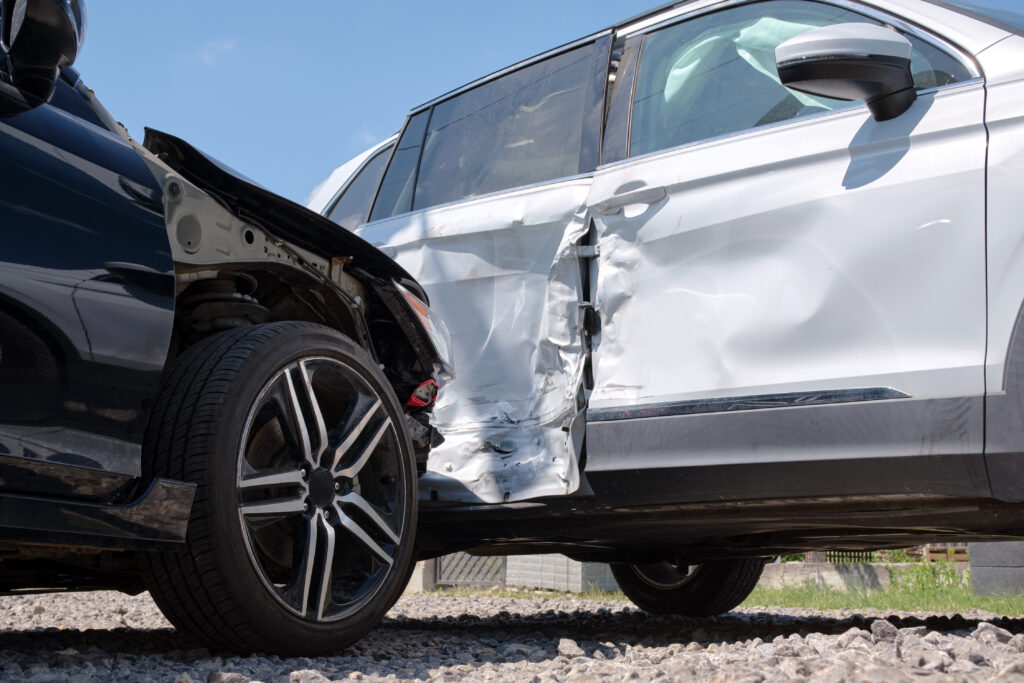
You’re driving down the road after a long day of work, listening to your favorite song. An ad starts playing so you reach and click the “Skip ad” option and BOOM… You rear-end the car in front of you.
In most cases, vehicles tend to experience several common adverse side effects after getting into an accident. As a responsible car owner, paying careful attention to these issues after a crash is essential. This will keep you safe and ensure you can avoid any damages on your vehicle that could have been prevented.
1. Your Car May Not Roll or Steer
After a collision, you may not be able to steer your car or even get it to roll. You should consider your vehicle inoperable if this is the case in your situation. While some auto accidents leave a vehicle drivable others do not. If the damage to your vehicle is severe, do not attempt to drive your car away. You may put yours and other people’s lives in danger.
In cases of serious damage, call for a tow truck or auto transport service.
2. Your Inertia Switch Will Trip and You Car Might Not Start
After a car gets into an accident, even a minor one, it is common for the engine to fail. Most car owners think it is the result of damage to the transmission. The main reason a car will fail to start after a minor accident is a tripped switch that cuts power to the vehicle’s fuel pump.
A lot of cars include an inertia switch that will stop giving electricity to its fuel pump after a collision. This switch protects the car from lighting on fire by preventing it from pumping gas just in case of damage to the car’s fuel pump.
It is advised to check the vehicle owner’s manual if your car doesn’t start after a minor accident. Here, you’ll figure out whether or not your vehicle has an inertial switch trip and can help you be certain of the most appropriate step to take next.
If the vehicle does have the inertial switch trip, then you will likely be able to press a button that will allow you to start the car normally and continue driving.
3. Your Door May Not Be Able to Open/Close the Car Door
After a crash, you will want to make sure each one of the doors to your vehicle is operable. Damage to a vehicle’s door is a very common occurrence after collisions.
4. Your New Battery May Soon Fail
Crashes can cause the vehicles battery to give out prematurely. Keep the potentially reduced life cycle of your car’s battery in mind after a collision.
5. Your Headlight or Taillight May Need Replacement
An accident will often damage the headlight or taillight of the vehicle. This type of damage primarily comes in three forms:
- Broken lights
- Disconnected wiring
- Lens damage
While a broken light requires replacement, disconnected wiring and lens damage is a quick repair that needs no assistance. If a wire has come loose, you should be able to reattach it to get the lighting system to reactivate. If lens damage occurs, you should be able to use a car light lens repair kit to fix the damage.
6. Your Car Needs Cosmetic Work
Cosmetic damage to your vehicle is an obvious side effect of a crash. If the damage is small, you may not want to fix it, it all depends on your desire to keep the aesthetics of the car. If fixing is desired, the magnitude of cosmetic repairs is determined by the extent of the damage and how much labor the repair requires.
7. Your Car Has Been Thrown Out of Alignment
During a minor collision, misalignment is not likely. However, if you are in a more serious accident, you should pay close attention to your car’s tire wear and drivability , as these are signs of a misaligned vehicle.
If you find yourself in the unfortunate position of dealing with a small accident, give us a call at (305) 908-5548. We’re here everyday of the week to ensure your vehicle is repaired skillfully and efficiently!
